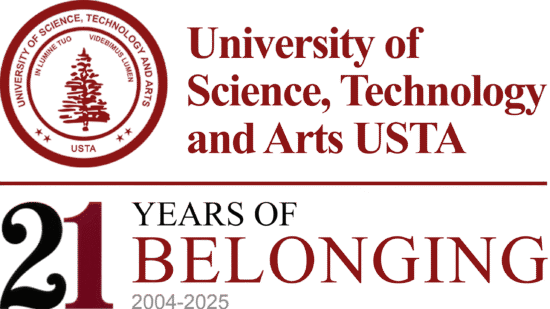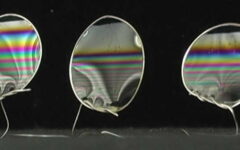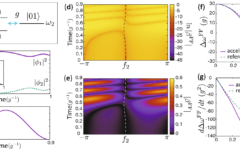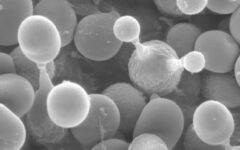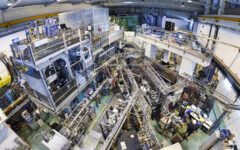Use of insects in animal feed seen as favorable by farmers, sector and consumers
1 August 2023 2023-08-01 22:46Use of insects in animal feed seen as favorable by farmers, sector and consumers
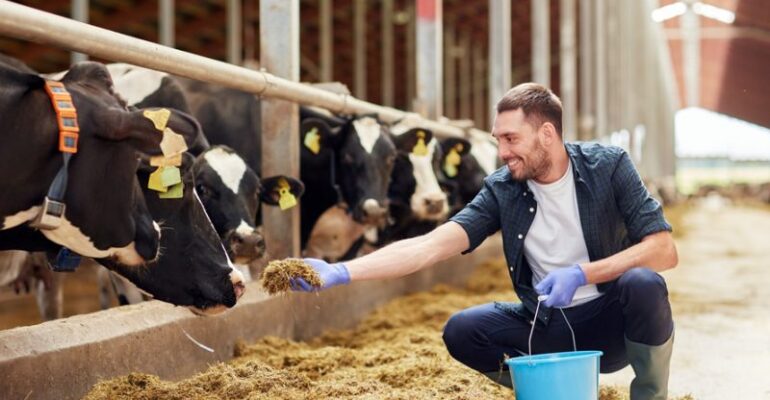
Use of insects in animal feed seen as favorable by farmers, sector and consumers
Source: Ghent University
Summary: The attitudes towards the use of insects in animal feed and resulting livestock products are generally favorable, so has recent scientific research shown. The use of insects in animal feed is one potential solution to improve the sustainability of animal diets and maintain legitimacy for livestock production within society.
The attitudes towards the use of insects in animal feed and resulting livestock products are generally favorable, so has recent scientific research shown.
The idea of using insects in animal feed was rejected by only 17% of a sample of 415 farmers, agriculture sector stakeholders and consumers from Flanders, Belgium. Resulting livestock products were perceived to be more sustainable, nutritious and healthy, but at risk of presence of off-flavors and allergens, and less easily marketable, according to a study published in Animal Feed Science and Technology.
The study
The use of insects in animal feed is one potential solution to improve the sustainability of animal diets and maintain legitimacy for livestock production within society.
A research team from Ghent University’s Faculty of Bioscience Engineering interviewed 196 farmers, 137 agriculture sector stakeholders and 82 citizen/consumers about their attitudes, product attribute beliefs, perceived benefits, risks and concerns, and willingness-to-accept and use insect-based animal feed and the resulting livestock products.
The study was performed in January 2015 in Flanders, the northern Dutch-speaking region of Belgium with a highly specialized intensive livestock farming industry.
Favorable attitude and acceptance
Agriculture sector stakeholders reported the most favorable attitude towards the use of insects in animal feed (average score of 4.16 on a scale from 1 to 5), followed by citizens (3.89) and farmers (3.83). This idea was most warmly welcomed for fish and poultry feed, followed by pig feed, and to a lower extent pet food and cattle feed.
Feed with insects was perceived to be more sustainable, to have a better nutritive value for animals, but a lower microbiological safety as compared to conventional feed.
Resulting livestock products were perceived to be more sustainable, nutritious and healthy, but also to contain allergens and possible off-flavors, and to be less easily marketable and less acceptable.
Eggs and poultry meat from animals fed on insect-based diets were rejected by 17% of the study sample; beef and milk from cattle fed on insect-based diets were rejected by 25%.
Perceived benefits and risks
The strongest perceived benefits of using insects in animal feed pertained to lowering livestock industry’s dependence on foreign protein sources and better valorization of organic waste.
The strongest perceived risks were about possible impacts on biodiversity in case of accidental release of non-native insects and about the introduction of microbiological hazards in the food chain.
Consumer acceptance, legislation, communication, and the attitude of retailers were flagged as the main concerns. Benefit perception was generally stronger than risk perception, and it outweighed risk perception and concerns as a determinant of willingness-to-accept the use of insects in animal feed.
Willingness to eat insect-based foods
The main determinant of accepting the use of insects in animal feed was a person’s own willingness to eat insect-based foods. “The more people believed that insects are wholesome and acceptable as food for themselves as human beings, the stronger their belief that insects fit as an ingredient for animal feed as well,” said professor Wim Verbeke, lead author of the study.
“The insights from this study confirm that the policy debate should focus primarily on the use insects in feed for fish, poultry, and pigs, whereas lower interest and acceptance of milk, dairy products and beef from insect-fed cattle among farmers, stakeholders and consumers indicate that the use of insects in feed for cattle is not currently an issue,” according to the study authors.
The authors conclude that the overall positive atmosphere surrounding the idea of using insects in animal feed, as it emerges from this study, indicates the momentum is right to move forward with the policy debate and take advantage of this novel source of protein for use in animal feed.
